Penang, the Oriental pearl of Malaysia, has become a food paradise. While visitors throng famous hawker stalls such as Gurney Drive and New Lane, the island holds treasures hidden from tourists. These treasures consist of real flavors honed over generations, mostly from modest stalls hidden deep in residential areas.
The real magic of Penang’s food scene happens away from the tourist crowds. Here is a list of 20 street food spots that locals guard jealously. The focus is purely on the food rather than aesthetics or convenience.
Lam Ah Coffee Shop
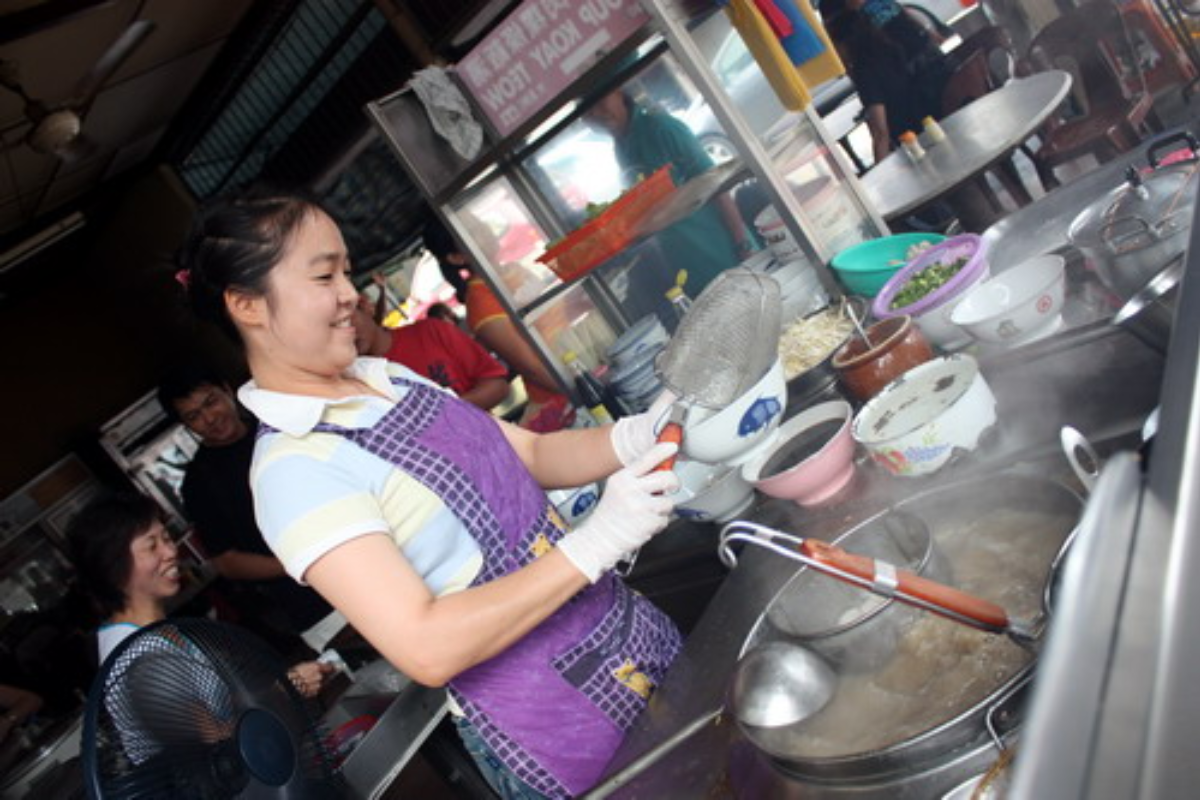
This faded corner shop in Jelutong is only open for breakfast and sells out by morning. Its signature pan-fried radish cakes are served with a homemade chili sauce that the locals swear hasn’t changed in flavor for over 40 years.
The old couple behind the stall employs methods passed down through three generations, never wanting to expand even though they’re popular.
Ayer Itam Back Lane Noodles

Concealed behind the popular Ayer Itam market, this anonymous stall dishes out possibly the most genuine Hokkien mee on the island. The stock boils for 12 hours with prawn heads and pork bones, yielding a rich flavor that upmarket restaurants can only dream of.
Most visitors walk right past it, oblivious to the more prominent laksa stalls around it.
Like Travel Pug’s content? Follow us on MSN.
Balik Pulau Laksa Janggus
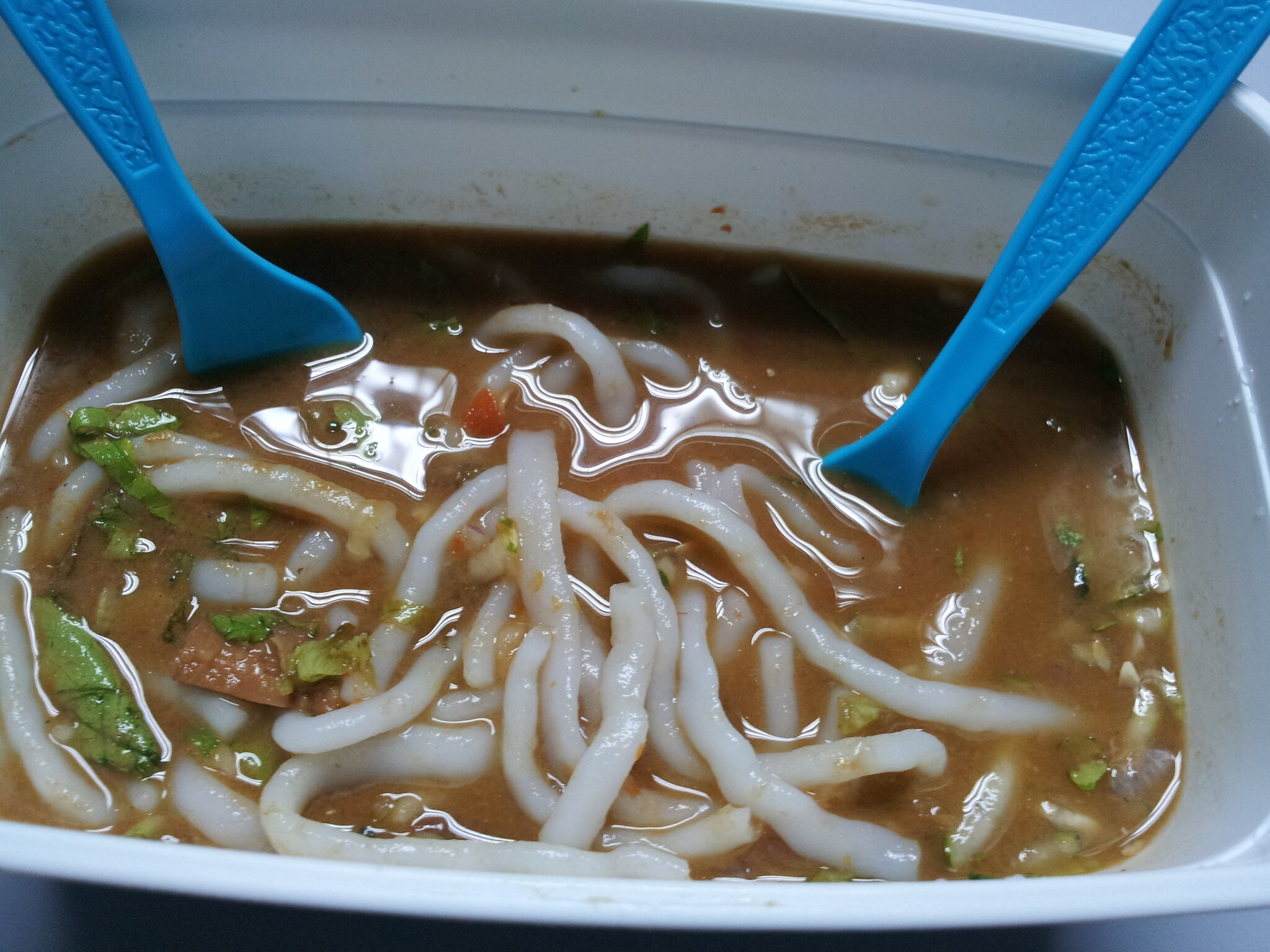
Located miles from Georgetown in the sleepy town of Balik Pulau, this laksa stall operates from a simple wooden structure beneath a mango tree. Their asam laksa uses a fresh fish broth that they often sell out by 2 PM, with locals knowing to arrive before noon.
The owner catches fish from local waters each morning before making the broth.
Chulia Street Bunker
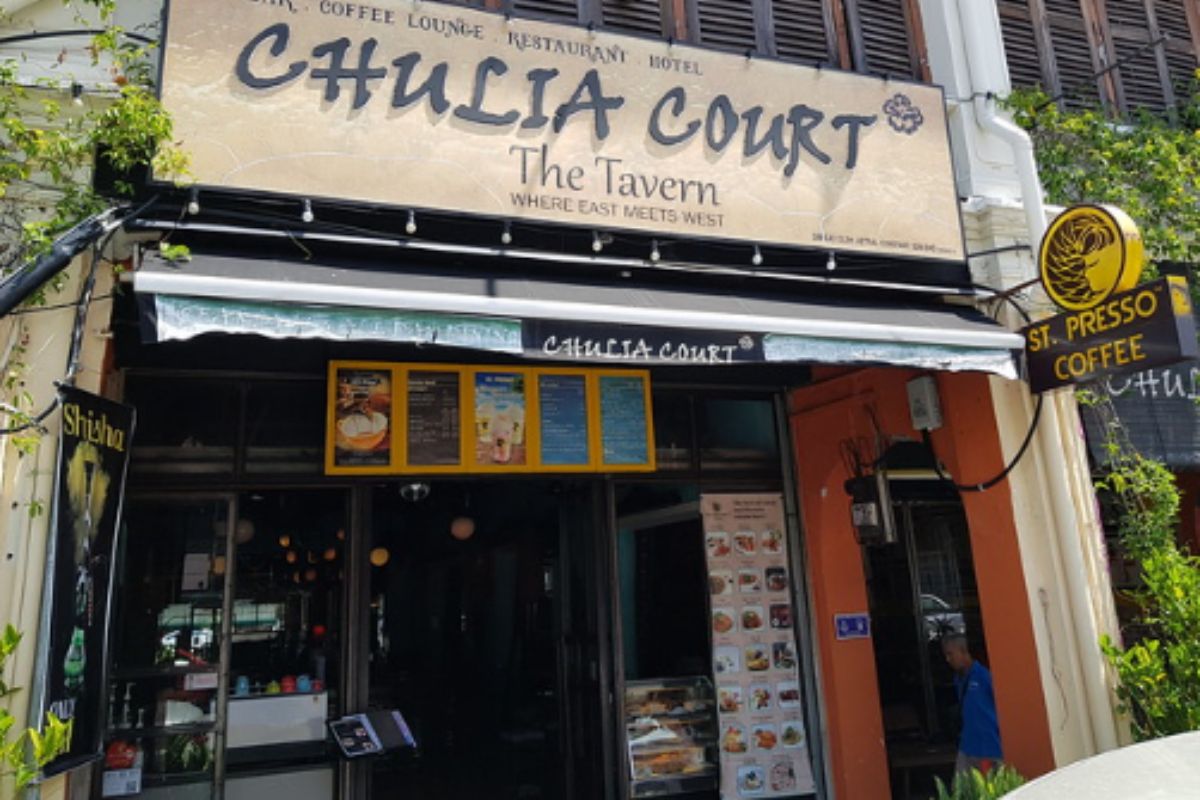
This food spot is not a bunker but operates from a narrow alley between two buildings once used as an air raid shelter. Their fried oyster omelets use a technique where the eggs are barely set, creating a custardy texture contrasting with the crispy edges.
Local office workers line up during lunch despite the cramped standing-room-only space.
Taman Free School Char Koay Teow
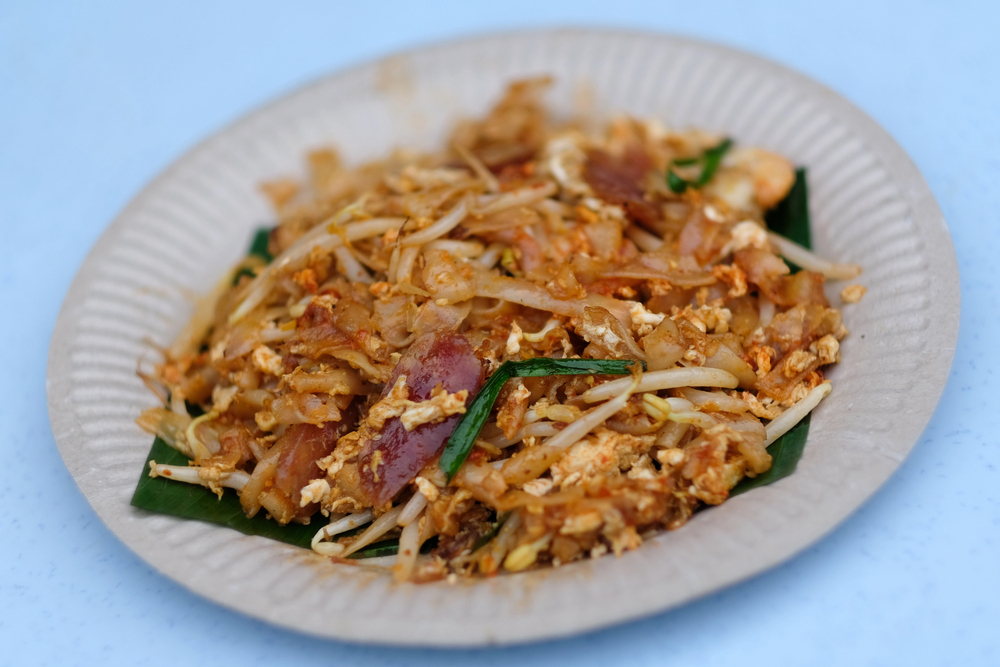
This humble stall in a residential area serves char koay teow without seafood, a version locals often prefer but tourists rarely encounter. The noodles get a smoky flavor from a well-seasoned wok that hasn’t been replaced in 25 years.
The elderly cook refuses to serve anyone who asks for the dish without pork lard, staying true to the original recipe.
Like Travel Pug’s content? Follow us on MSN.
Kebun Bunga Morning Market

This neighborhood market transforms into a food haven at dawn, with the congee stall drawing the biggest crowds. Their rice porridge contains century eggs and is topped with housemade pork floss and fried shallots that add incredible texture.
Most visitors to Penang never venture into residential markets like this, missing out on these authentic morning rituals.
Transfer Road Roti Canai

Operating from a converted garage space, this spot makes roti canai that perfectly balances crispy exterior and soft, layered interior. Their curry dipping sauce includes a secret blend of 15 spices, with the recipe allegedly locked in a safe at the owner’s home.
The place has zero online presence and relies entirely on word-of-mouth among locals.
Farlim Night Corner

This collection of stalls emerges only after 10 PM in an empty lot that serves as a parking area during the day. Their specialty is a unique fusion noodle dish combining Chinese and Indian influences, which you won’t find in any food guide.
The makeshift tables and plastic stools don’t look promising, but the area fills with local families every night.
Like Travel Pug’s content? Follow us on MSN.
Sungai Pinang Fish Soup

This stall, operating from a converted shipping container near the fishing docks, serves fish soup made from catches that arrived just hours earlier. The clear broth contains only three ingredients but delivers a complexity that belies its simplicity.
Local fishermen eat here daily, which tells you everything about its authenticity.
Jalan Gurdwara Banana Leaf
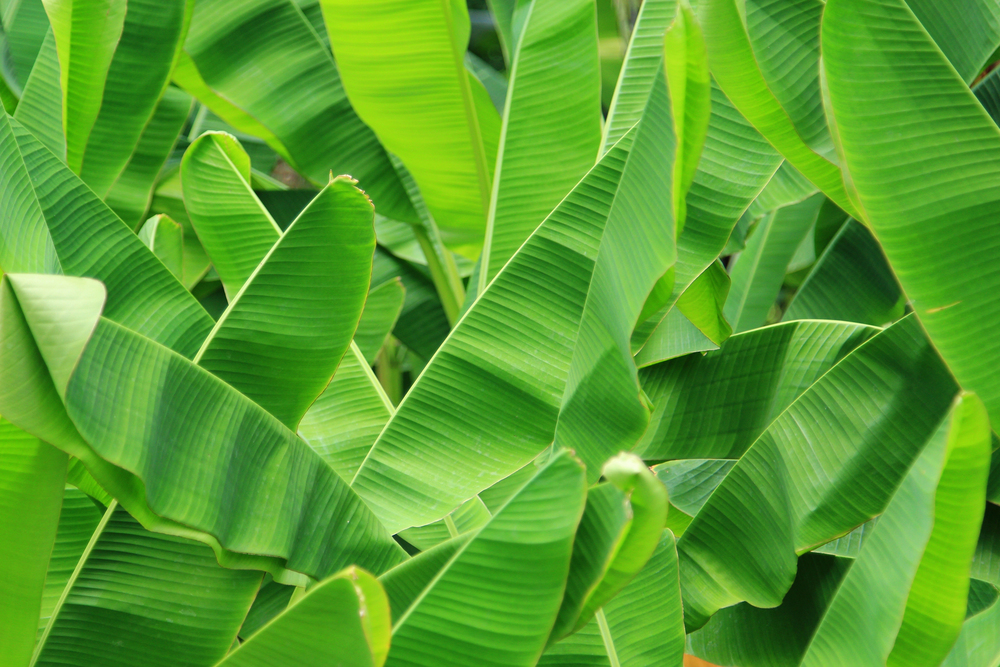
Located behind a gas station, this spot serves food on banana leaves in the traditional South Indian style. Their vegetable curries change daily based on market availability, creating a rotation of flavors that keeps locals returning.
The owner remembers regular customers’ preferences and often serves them without requesting orders.
Pulau Tikus Back Alley Wantan Mee
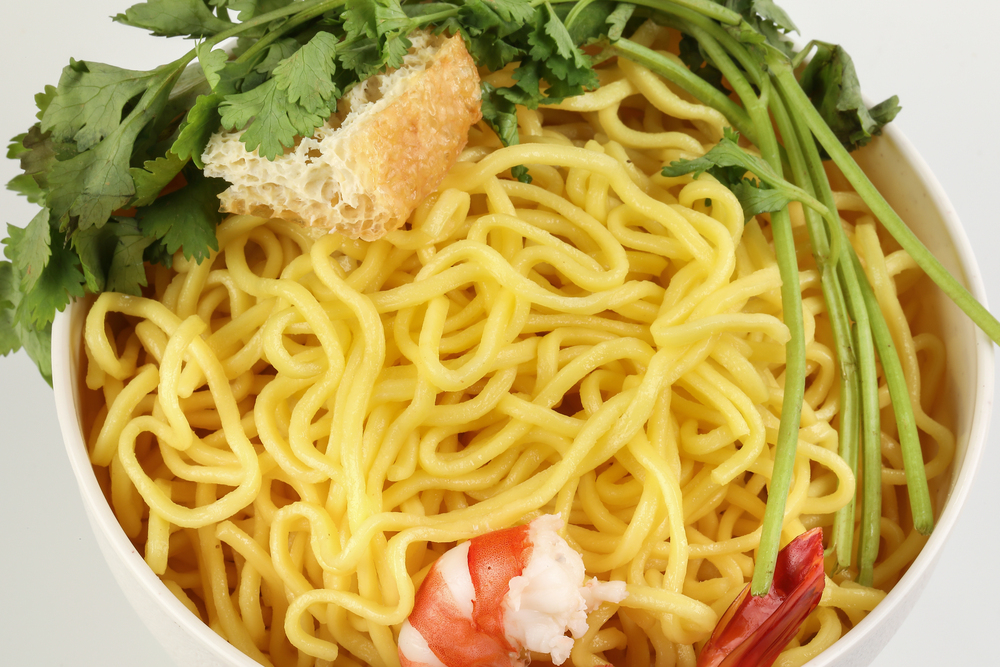
This stall operates from the back door of a family home, with no signage or official business status. Its wanton mee features noodles with the perfect springy texture and dumplings filled with hand-minced meat rather than processed fillings.
The family only serves 50 bowls per day, regardless of demand.
Like Travel Pug’s content? Follow us on MSN.
Kampung Malabar Nasi Kandar

Unlike the famous nasi kandar restaurants, this humble stall operates from a wooden cart under a rain tarp. Their curries develop deeper flavors because they’re cooked in smaller batches throughout the day rather than in bulk.
Local taxi drivers often eat late dinners here, following shifts that end well after midnight.
Cecil Street Market Basement

Beneath the tourist-friendly market lies a basement area where vendors serve heritage dishes rarely found elsewhere. The standout is a rice wine chicken soup made by an 80-year-old woman who still foments her rice wine.
Most tourists never discover the basement level, making it a local sanctuary.
Batu Lanchang Duck Rice
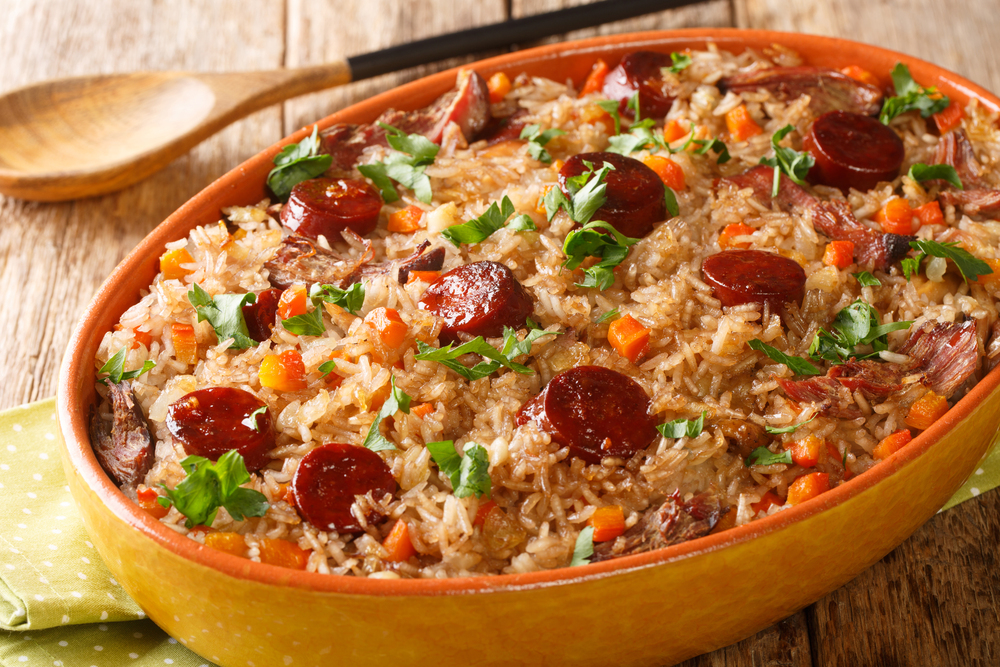
This stall serves braised duck with a sauce that has been continuously maintained—like a sourdough starter—for over thirty years. The rice is infused with duck fat and herbs, transforming it from a simple side dish to a highlight.
The owner can often be spotted at 4 AM, selecting ducks personally from local farms.
Like Travel Pug’s content? Follow us on MSN.
Mount Erskine Lor Mee
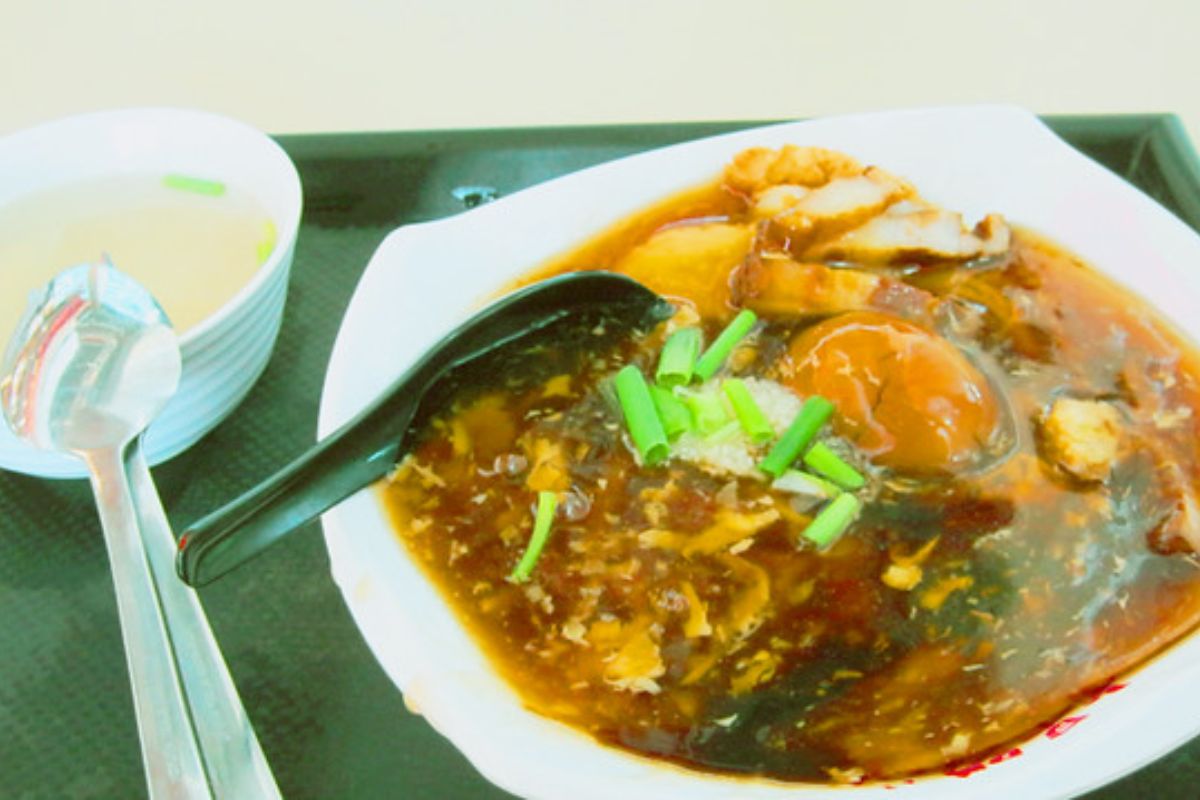
Operating from a converted living room with just five tables, this family serves lor mee with a gravy that achieves the perfect viscosity without relying on excessive starch. Their vinegar and garlic condiments are prepared fresh each morning through labor-intensive processes.
Finding the unmarked house requires following locals or pure luck.
Fettes Park Popiah
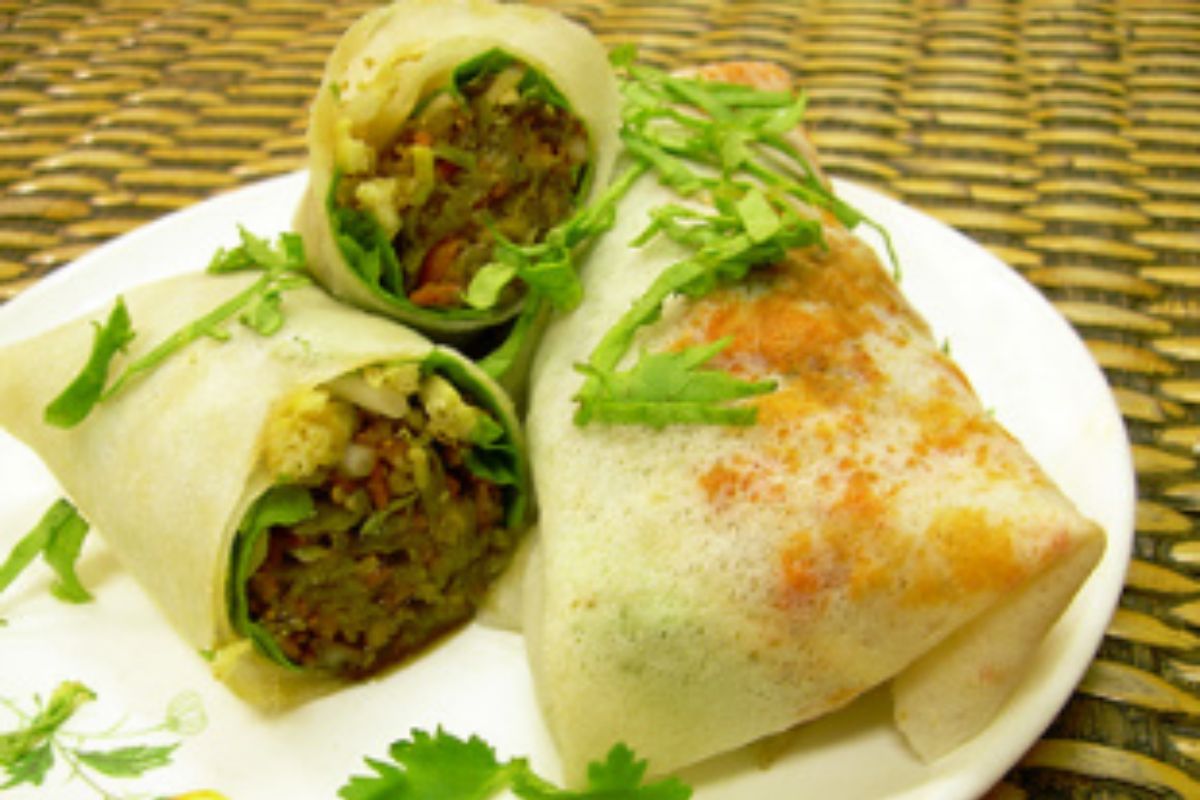
This elderly couple makes fresh popiah wrappers by hand—a dying art even in Penang. Their filling combines over 15 ingredients, including hand-julienned jicama that’s stir-fried slowly to caramelize naturally.
They operate three days a week from their home garage, with an unspoken reservation system among neighborhood residents.
Medan Selera Air Putih
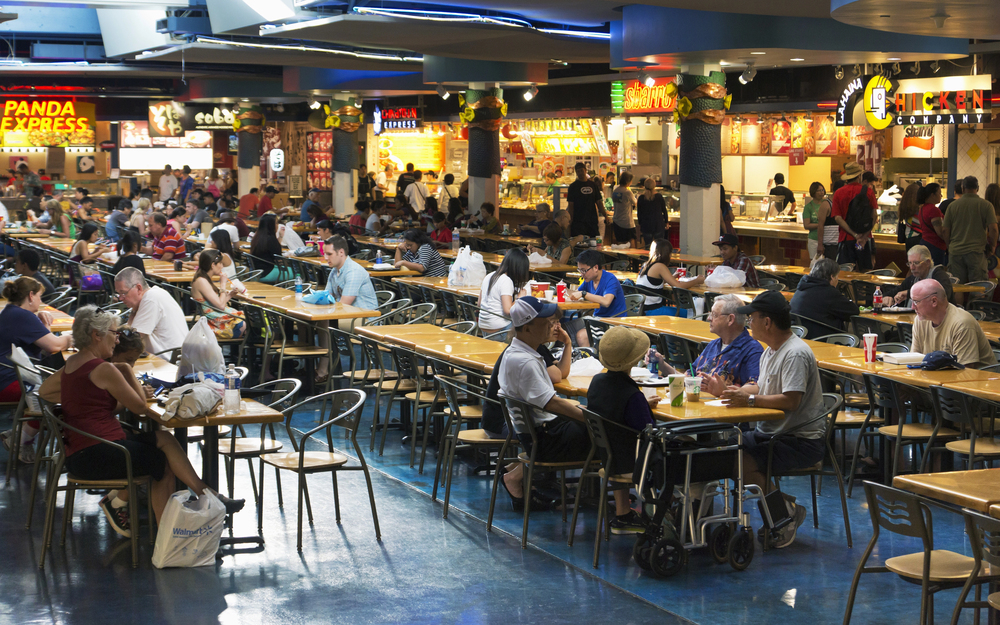
This food court is miles from tourist areas and specializes in Nyonya kuih, colorful bite-sized snacks showcasing the perfect marriage of Chinese techniques and Malay ingredients. The mung bean pastries remain soft even hours after being made, a sign of masterful technique.
Local office workers often drive 20 minutes just to buy these treats for colleagues.
Like Travel Pug’s content? Follow us on MSN.
Jalan Perak Corner Rojak
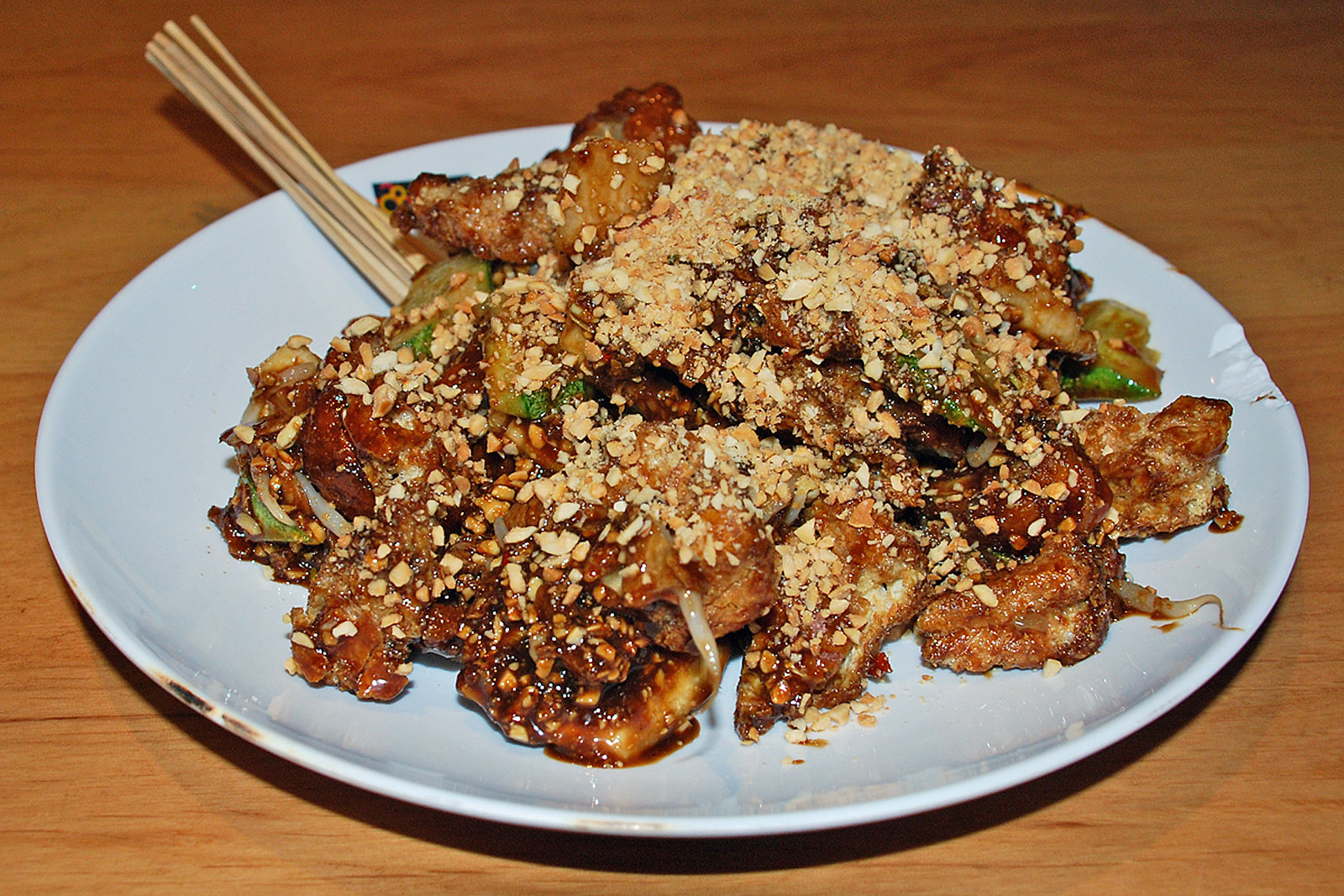
This fruit rojak stall uses shrimp paste aged for months longer than commercial versions, creating an umami depth that’s immediately recognizable to locals. The stall’s fruit selection changes seasonally, and it refuses to use imports when local options aren’t at peak ripeness.
It consists of nothing more than a motorcycle with a sidecar modification.
Relau Night Market Apom
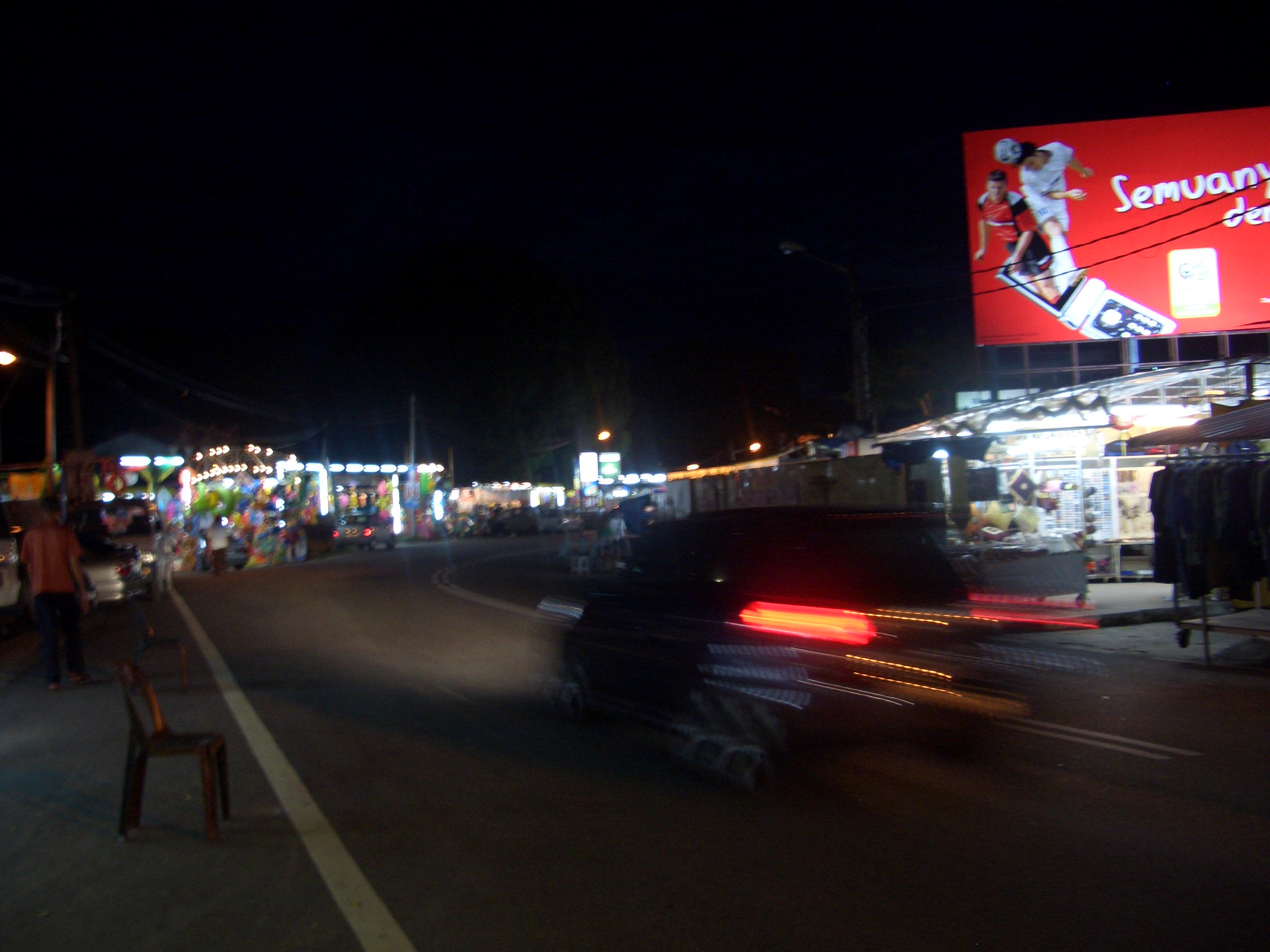
These thin, crispy pancakes filled with banana slices and corn are made in cast-iron molds that have perfected their seasoning over decades. The batter ferments for 12 hours, creating complex flavors that mass-produced versions lack entirely.
The elderly vendor makes each one by hand, refusing to employ helpers despite long lines.
Jalan Datuk Keramat Mee Sotong
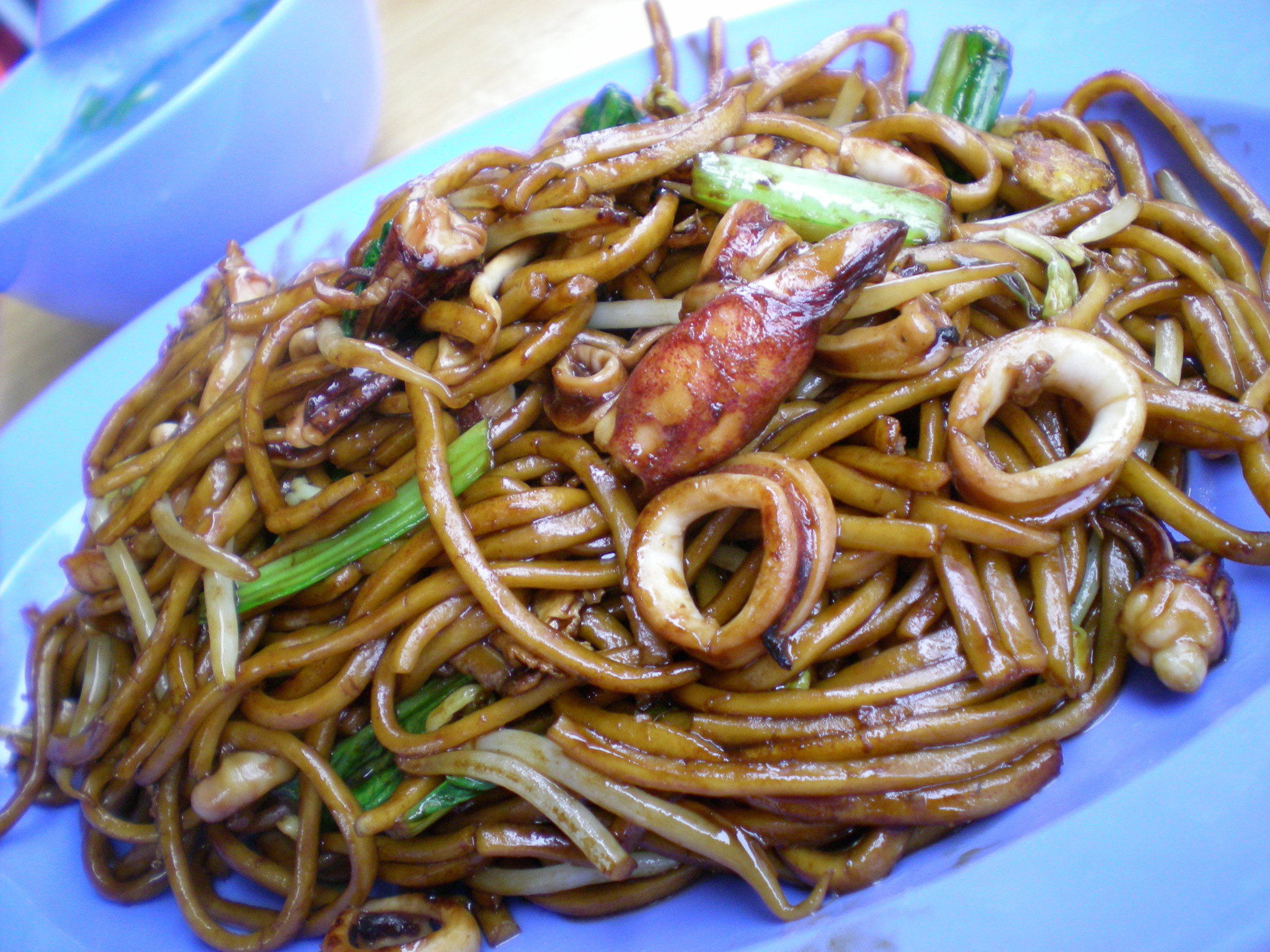
Unlike the famous mee sotong at tourist spots, this version uses a drier, more intensely flavored sauce that locals consider authentic. The squid is tenderized through a traditional mechanical process rather than with chemicals like many commercial stalls.
Weekday lunchtime brings crowds of local workers willing to stand in the heat for a plate.
Like Travel Pug’s content? Follow us on MSN.
The Taste of Tradition
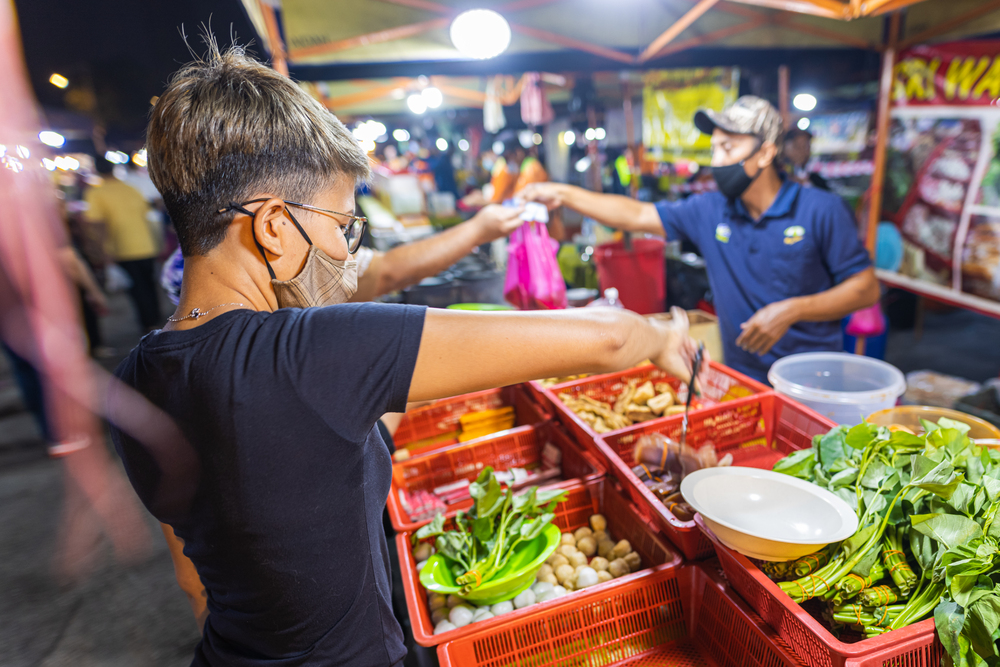
Penang’s secret eateries serve more than tasty meals—they are living museums of techniques passed down over generations. The cooks there do not prepare for travel writers or Instagram followers but for neighbors who can tell the difference between a subtle change in a recipe.
The best food in Penang tends to occur in the most unlikely settings, where plastic stools, hand-scrawled menus, and decades of commitment produce flavors that simply can’t be found elsewhere. The real taste of Penang exists in these backstreets and family stalls, ready for those adventurous enough to look beyond the guidebooks.
More from Travel Pug

- Cities Growing so Fast You Won’t Recognize Them in 10 Years
- 13 Destinations Where Tourists Regularly Regret Their Trip
- 20 Obscure WWII Sites Even History Buffs Don’t Know About
- 10 Under-the-Radar Mountain Towns That Are Both Affordable and Beautiful
- Remote Villages in Europe Where You Can Live for Free in Exchange for Work
Like Travel Pug’s content? Follow us on MSN.
